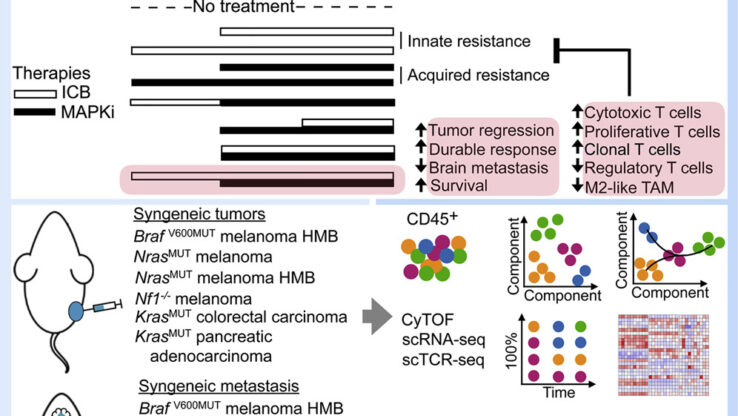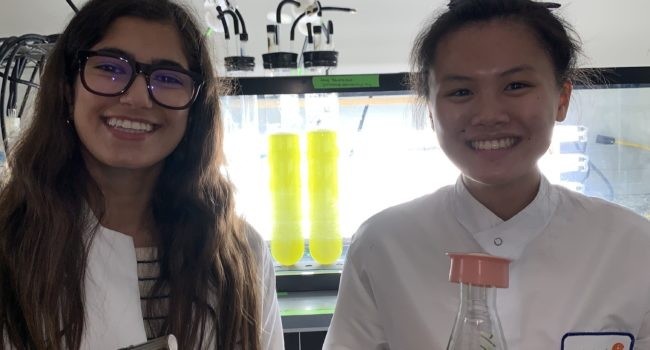Lesson 6 – Death Valley Middle Basin Case Study
 see.isbscience.org/observing-beyond-our-senses/lesson-6-death-valley-middle-basin-case-study/
see.isbscience.org/observing-beyond-our-senses/lesson-6-death-valley-middle-basin-case-study/

Course: Integrated Science, Physics, Biotechnology and/or STEM courses
Unit: Measurement, Scientific Process, and Instrumentation Design
- Measurements of indicator species can be used to make inferences about environmental conditions.
- Quantity and resolution of a data collection plan is limited by resources.
- Mine tailings are point sources of heavy metal pollution.
- Population density is a measurement of the number of individuals living in a given amount of space.
- Generate a sampling plan based on limited resources.
- Share data with other student groups.
- Refine their sampling plan based on current observations.
- Analyze data about population density of indicator species to infer locations of freshwater springs and point sources of arsenic pollution.
- Analyze their findings to propose a watershed management plan for Middle Basin in Death Valley.
- Communicate their research and their proposal in a presentation.
- Communicate their findings and respond to questions and criticisms regarding their proposals.
This is a partially fictitious scenario set up with the following premises and caveats.
Based on how much time you have available, choose a career-connected activity below. In each case, recap what your students just learned in the lesson to the activity. outside of class ----------------- Post TOWN HALL (see option D) is a great time to ask for a written evaluation of the TOWN HALL experience. Writing prompts are included in the TOWN HALL document. ----------------- Students play (if prerecorded) or perform their finished ELEVATOR SPEECHES. ----------------- Idea 2: Students research roles for TOWN HALL and potentially interview one another in some round robin situations, to get and give feedback on the research they have accumulated. We recommend setting aside an entire class period for the meeting itself. We only recommend doing this meeting IF you’ve prepared students well ahead of time by assigning roles and encouraging research to support those roles. Additional Information: If you are having students present an elevator speech, you might consider having students interview one another in some round robin situations, to get and give feedback and what they’re considering including in the speech.
Instructions
Instructional Activities:
Death Valley Scenario: Teacher Information
Career Connection
A homework/
B 5-10 minutes in class
C half of class period (~25 minutes)
D entire class period (~50 minutes)
Give handout for students to watch Amy's video and answer questions at home as homework.
A + Brainstorm on interview questions for Amy using a whiteboard or projector.
Idea 1: Students build and present a 3 minute “ELEVATOR SPEECH”: who they are, their current interests, what they're going to do next, and where their path might lead. Emphasis should be placed on how different future experiences support systems thinking.
Conduct the TOWN HALL Community Meeting.
Assessment
Resources






